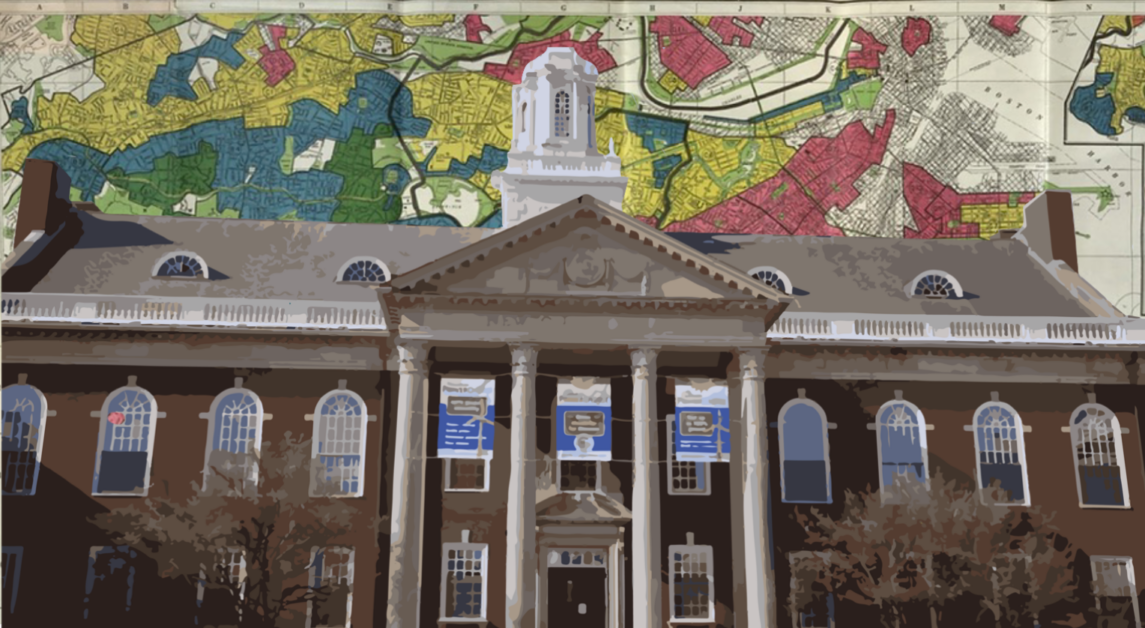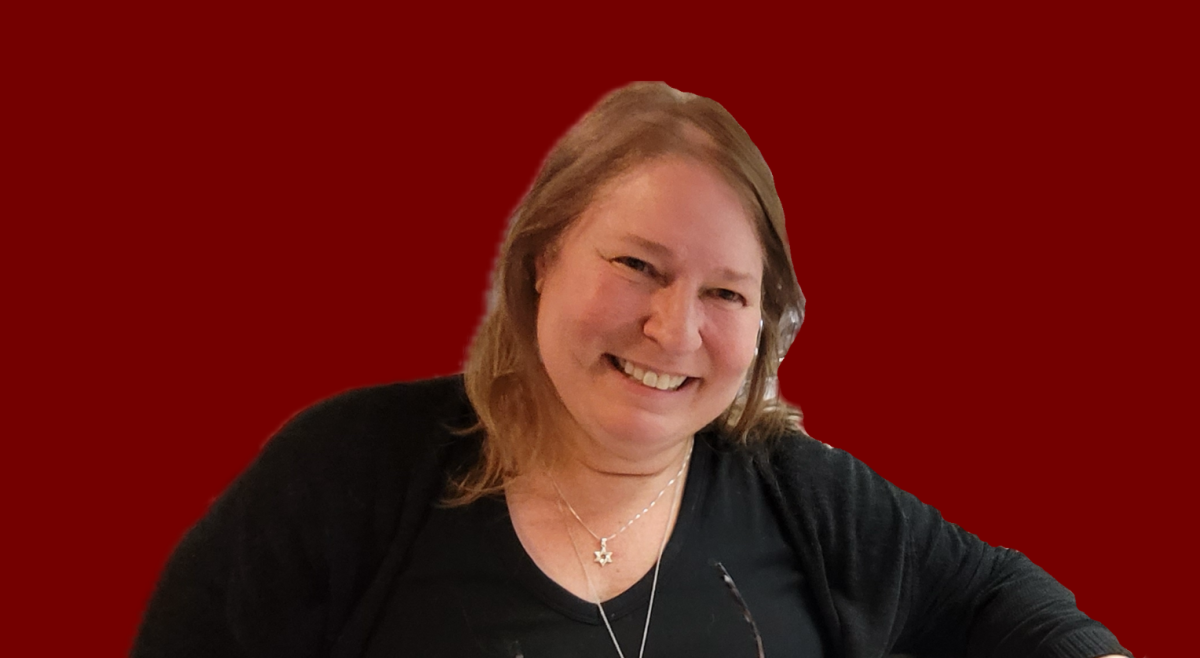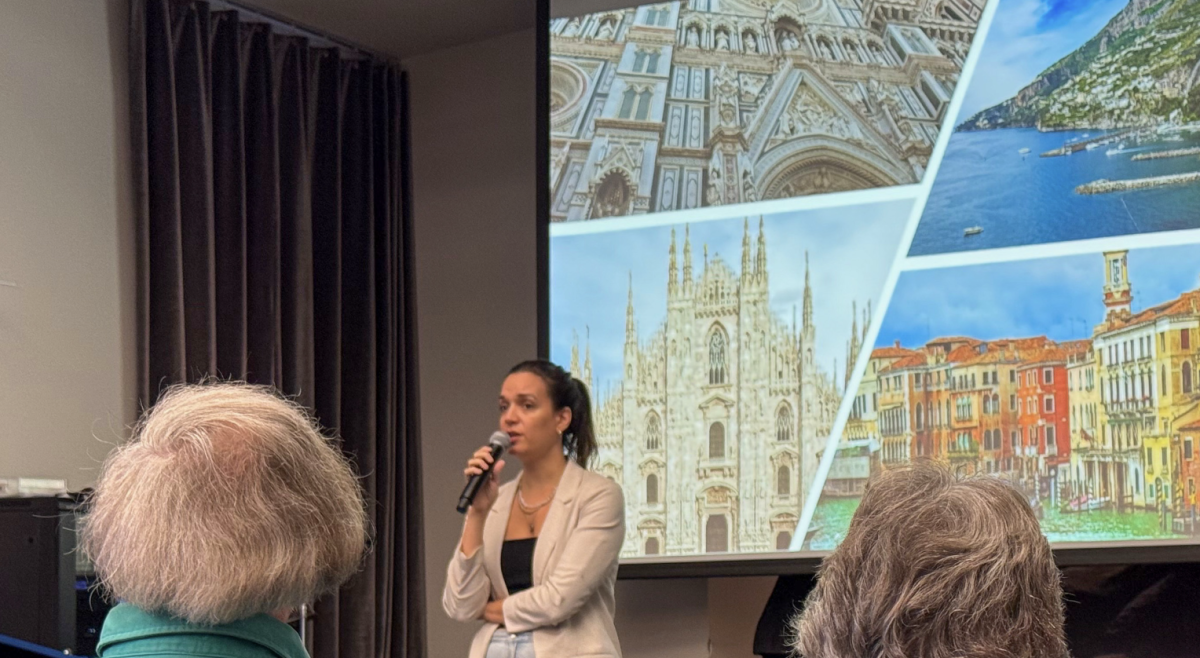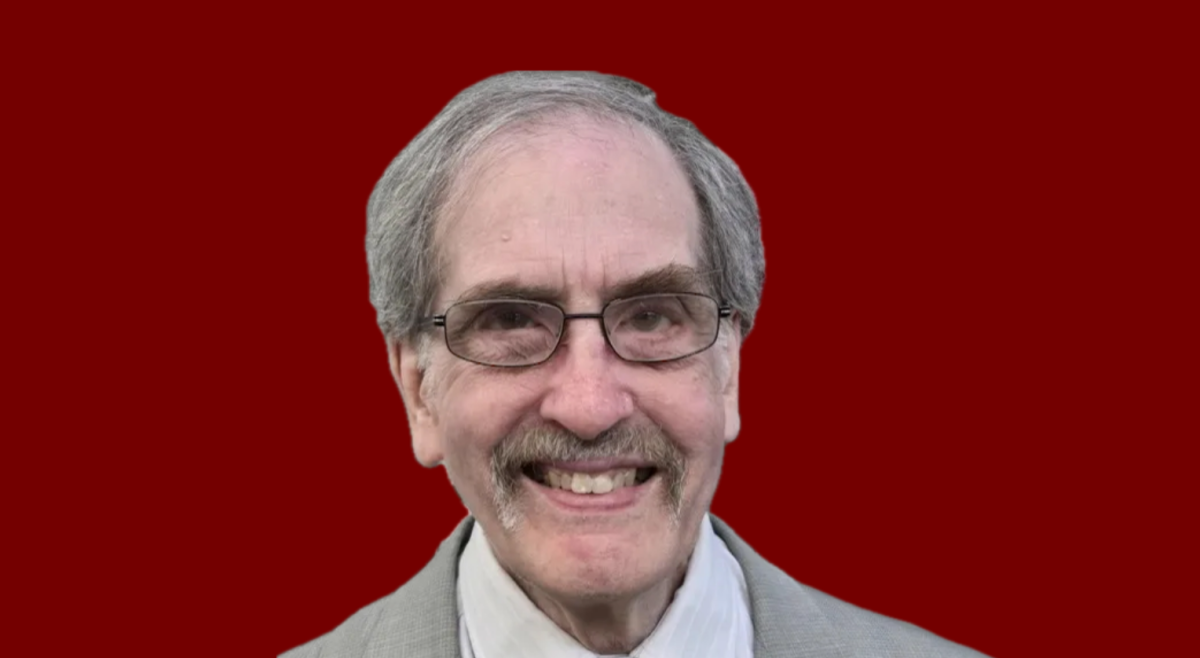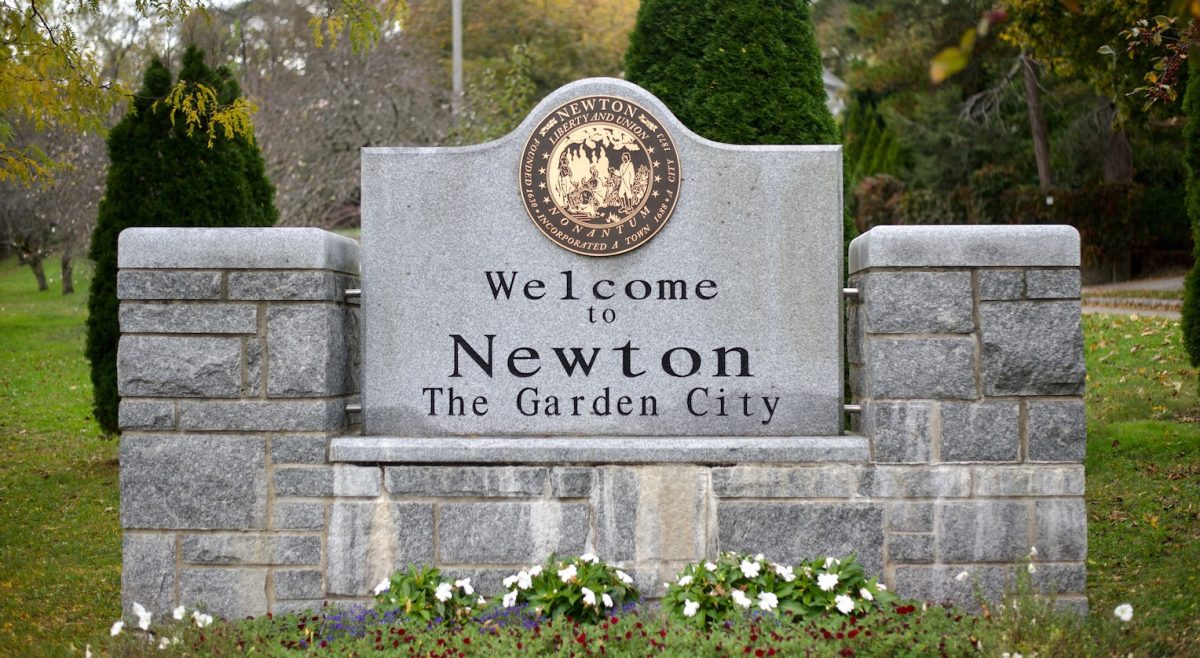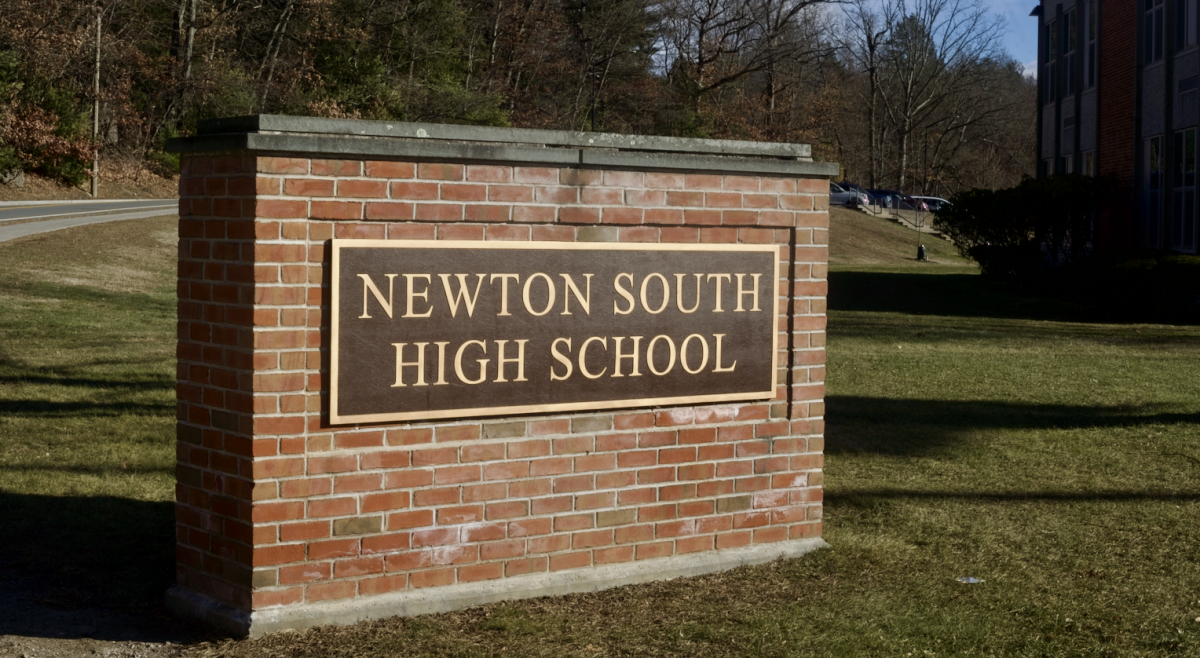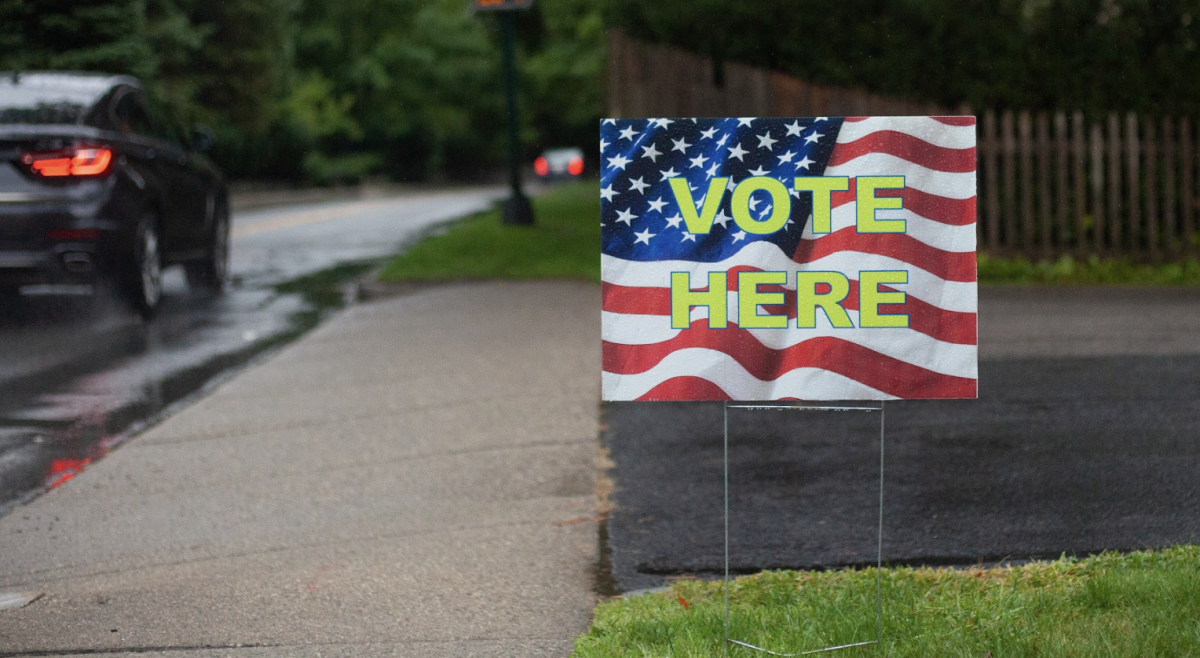The average price of a single-family home in the United States as of January 2022 is about $357,000, according to the Federal Reserve Bank of St. Louis.
But for those interested in purchasing a single-family home in the City of Newton, they should be prepared to dish out at least another $243,000.
A $600,000 two-bedroom, one-bath, 825-square-foot home on California Street in Nonantum is the cheapest home for sale in the city right now. Nonantum, along with Upper Falls, is one of the two formerly redlined areas of Newton.
The average single-family house in Newton costs $1.5 million, according to a report from the city’s Assessor’s Office released in November. And in Chestnut Hill, a neighborhood labeled “a choice location” in the 1930s, a nine-bedroom, 11-bathroom, 12,437-square-foot home will cost $8.5 million.
Such discrepancies in price are shaped by the city’s history of redlining and single-family zoning. Over a century after the Supreme Court declared racially biased zoning unconstitutional, the fight for fair housing in Newton continues to this day.
Beginnings in Newton
Redlining, which began in the United States in the 1930s, was a practice in which banks used resident demographics and income to decide how they allocated loans. This system was built, however, on discriminatory assumptions that intensified the racial segrgation already prominent in American cities and suburbs.
Following the housing market crash of the Great Depression, the administration of President Franklin D. Roosevelt launched the Home Owners’ Loan Corporation (HOLC) in 1933 to address the crisis.
The HOLC created lending guidelines for banks based on maps that categorized districts of land in cities by “mortgage security risk,” or how dependable HOLC believed the loan recipient to be. The corporation disproportionately marked African American and immigrant districts red, which made it more difficult for residents to obtain loans.
“The lowest designation was hazardous—any African American neighborhood would be designated hazardous,” said Robert Van Meter, an adjunct economics professor at Boston College and consultant on housing and community development. “And those areas were outlined in red, so that’s the origin of the term redlining.”
Mapping Inequality: Redlining in New Deal America is a project led by a research team at the University of Richmond that, among other things, illustrates in detail how cities were redlined and describes how redlining quickly became a tool for racial segregation.
Based on data collected by the HOLC, bank lenders would refuse to make loans, or make very conservative loans, to potential or existing residents of more “hazardous” areas.
“Among that information was the neighborhood’s quality of housing, the recent history of sale and rent values, and, crucially, the racial and ethnic identity and class of residents that served as the basis of the neighborhood’s grade,” the Mapping Inequality website reads.
The HOLC maps broke residential land into four categories, labeling Grade A “best,” Grade B “still desirable,” Grade C “definitely declining,” and Grade D “hazardous.”
Newton adopted these HOLC practices as early as 1935, according to Mapping Inequality.
The HOLC redlined, or designated “hazardous,” approximately three percent of Newton. Of the remaining residential land, they labeled 22 percent Grade A, 44 percent Grade B, and 32 percent Grade C.
The HOLC reported the Nonantum and Upper Fall’s inhabitants to be 60 and 50 percent “foreign-born,” respectively, both with an annual income of $600 to $1,200 in the 1930s. One of the reports lists “foreign concentration” in the regions’ section of “Detrimental Influences.”
“It’s the areas where there were immigrants that were considered not up-and-coming areas, so they were redlined,” said Doris Ann Sweet, a member of the leadership team at Engine 6, a Newton association that advocates for affordable housing.
Redlining often went hand in hand with zoning laws, Sweet said, since early zoning and redlining maps showed a lot of overlap.
Zoning laws in the U.S. were originally created to designate residential versus commercial land use, Van Meter said, though the policies quickly became used for racial segregation.
“Initially the movement for zoning came from progressives and urban reformers to some degree, who were concerned about factories, which at that point were quite polluting,” he said. “But it also became a favored tool of segregationists.”
After the Supreme Court declared racially biased zoning unconstitutional in 1917, segregationists shifted their strategy to single-family zoning, a policy that requires single-family homes only be built on certain plots of land. This practice rapidly expanded in the 1920s, Van Meter said.
Edwin Childs, the mayor of Newton from 1914 to 1929, initially vetoed the first single-family zoning proposals in Newton, according to Sweet.
“His reasoning was that not all good people live in single-family homes,” she said.
But after a unanimous vote from the Board of Alderman, the mayor had no choice but to let the city approve stricter zoning practices in 1925, which quickly became a tool for solidifying segregation.
“Redlining was layered onto and reinforced the segregation that zoning, in some cases, created or cemented in place,” Van Meter said.
Since its popularization in the 1920s, single-family zoning in the U.S. has dominated the majority of modern-day zoning laws. As of 2019, it was illegal to build anything but a single-family home on 75 percent of residential land in American cities, according to The New York Times.
Boston is no exception. Seventy percent of municipalities, or towns, in the city only allow single-family homes on 80 percent of their land, according to The Fair Housing Center of Greater Boston.
In 1940, Newton City Council established a new zoning plan, which specified areas of the city where only single-family homes could be built, according to a September 2020 update from Newton Mayor Ruthanne Fuller. The plan also introduced minimum lot sizes, which required that single-family homes only be built on lots of certain sizes, the report said.
The Newton City Council once again updated its zoning laws in 1953, this time increasing the minimum lot size requirements to build a home in Newton, the update reads.
Aside from minor updates in 1987 and a reorganization effort by the city council in 2015, Newton essentially has the same zoning laws it had in 1953, the update said.
“While pretty arcane, these zoning rules directly influenced how Newton’s built environment developed over the last century and, in turn, influenced greatly who can afford to live here today,” Fuller wrote.

The Zoning Debate Today
Though single-family zoning still dominates modern-day Newton, many local residents, politicians, and organizations are pushing for change.
In her 2020 zoning update, Fuller said Newton’s Zoning and Planning Committee is aiming to address a number of key questions regarding single-family zoning. One of these questions explores whether the city should allow developers to convert existing single-family homes to two or more unit residences.
“Zoning decisions have been inextricably linked to the level of income inequality and racial segregation we face in Newton and in Greater Boston,” Fuller’s update reads. “The City Council is rightly exploring a range of options for our updated zoning to remedy our ‘opportunity’ gap.”
As of September 2020, less than six percent of Newton’s housing was deemed affordable for low and moderate income households, the update said. Newton’s population is four percent African American and five percent Hispanic or Latino, according to the update, compared to a respective nine and 12 percent statewide.
“Housing affordability and residential racial patterns are complicated and the link to zoning is complex,” the update reads. “Given today’s hyper housing market prices, solutions require a certain amount of change to zoning ordinances if we want housing affordable to more people in our almost fully built out City.”
As of September 2021, Newton reported that the median cost of a single-family house is $1.5 million.
“That puts it out of the reach of people who are not wealthy, unless you’re inheriting a house,” Sweet said.
One important aspect of Newton’s zoning laws is the difference between by-right zoning and special permit zoning, according to Deb Crossley, a Newton city councilor and the chair of the Zoning and Planning Committee.
Building a house “by-right” means following the zoning rules—how many stories can be built, how big the building can be, and other regulations—as well as observing the state building codes, Crossley said. Building by special permit, however, means having to follow stricter conditions and undergo review by the Land Use Committe of Newton’s City Council.
Currently, Newton does not allow multi-family housing anywhere by-right, Crossley said.
“That’s a huge deterrent to building multi-family housing, especially where you want it, which is close to where goods and services and public transportation exists,” she said. “So clearly that’s a disincentive for the kind of development most of us think we need in village centers.”
Because of this, the approval process for multi-family housing projects is often drawn out, Crossley said.
“The Austin Street project, which is three and four stories, and the Trio project, which is four and five stories … involved long, protracted battles with citizens who opposed the projects,” Crossley said.
At the beginning of 2020, Crossley said, the committee reviewed all of the city’s zoning documents, a 2012 zoning reform group report, and different housing and zoning studies. It then came up with a set of goals to enact zoning reform in the city.
“We want to adopt housing that facilitates a greater diversity of housing types and of income earners,” she said. “It’s been a problem since the 1960s because of our very restrictive zoning in Newton. And it’s been at a critical stage since years ago, but housing prices have soared because we’re not building enough housing. And we’re only building one kind of housing, for the most part—the giant single-family home or the giant two-unit condo. So there’s not ways for people of even modest means … to come here.”
The Newton Planning and Development Department delivered a draft of an updated zoning ordinance to the committee, which said the ordinance is still under review, according to Fuller’s update. City council was planning to vote on this updated zoning ordinance in the fall or winter of 2021.
Crossley said the committee postponed the review of the draft because it is currently focused on rezoning Newton’s 13 village center districts.
“It’s tabled,” she said. “Meaning we’re not going to take it up until we finish our village center work. … The comprehensive plan that the council adopted in 2007 has all of the goals and objectives that some of us are trying to work toward in reforming our zoning. You can’t adopt a plan and then not reform the zoning to facilitate the plan, but that’s what has happened.”
Sweet said this process for village center rezoning has been “fairly intense.”
“This process has been going on for quite a long time, and it’s going to be going on for a while longer,” Sweet said.
In addition to focusing on village center zoning, the Zoning and Planning Committee has begun looking into how the Commonwealth’s new “MBTA Communities” regulations apply to Newton and how they can be incorporated into Newton’s zoning laws, Crossley said.
As part of an economic development bill enacted last January, Massachusetts recently released new multi-family zoning regulations for all MBTA Communities, or cities and towns surrounding or nearby T-stops. These new guidelines require all of the communities to have at least one zoning district “of reasonable size” that allows multi-family housing if the cities want to remain eligible for certain state funding.
“And there were people right out of the gate on the city council who suggested we not comply with the new law because, in their words, the funding that we would then be ineligible for is not significant to a city that has half a billion dollar budget,” she said. “But that’s not how the majority of the city council feels. I don’t think Newton should lead by breaking the law.”
Sweet said while she thinks most city councilors are passionate about the new regulations, some are still resistant to change.
“I think the majority of councilors are actually seeing it as an opportunity to do something about housing in Newton,” Sweet said. “But there are still some of the few people who are really opposed to any change, who keep talking about ‘Newton is the Garden City, and if we do this, we won’t be the Garden City anymore.’”
There have been some large-scale, multi-family housing projects in Newton in recent years, according to Newton’s website, including the Riverside Project, the West Newton Armory, and the Northland Project. These projects will create another 102, 43, and 140 units of affordable housing, respectively, or 285 new units in total.
But Sweet said one of the biggest advantages of the MBTA Community regulations is that they create the opportunity for smaller-scale affordable housing projects.
“It allows [developers] to make the opportunity available for small-scale development for multi-family houses of three units or more by-right,” she said. “And if it’s by-right, that makes it much more economical for the developer, because if they have to go for a permit, it might be six months of hearings they have to go through. And that costs money.”
Van Meter emphasized that these new regulations lay the groundwork for the creation of more multi-family housing.
“For a community as large as Newton, with the level of MBTA service that Newton has, it will be a fairly significant amount of housing that could be created,” he said. “Because of the Green Line, as well as the Commuter Rail, they have a fairly significant MBTA community obligation if they’re to remain eligible for some very important state grant programs.”.
One of the biggest advantages of the new MBTA Community regulations is that they allow people who already work in the city to live here, too, Sweet said.
“We have people who work for the city—teachers, all kinds of city employees, employees of workplaces in Newton—who drive miles and miles and miles to get here. … It’s just not right,” Dorris said. “There needs to be more housing that’s not so out of reach for so many ordinary people.”
February 28, 2022 10:25 a.m. correction: The article has been updated to reflect that the Newton City Council’s Land Use Committee, not the Planning and Developement Board, decide special permits.
March 13, 2022 7:02 p.m. correction: The article has been updated to reflect that Childs was still mayor when single-family zoning was approved, and that it was Upper Falls, not Lower Falls, that was redlined.
Eliza Hernandez contributed to reporting.
Graphics by Annie Corrigan / Heights Editor

